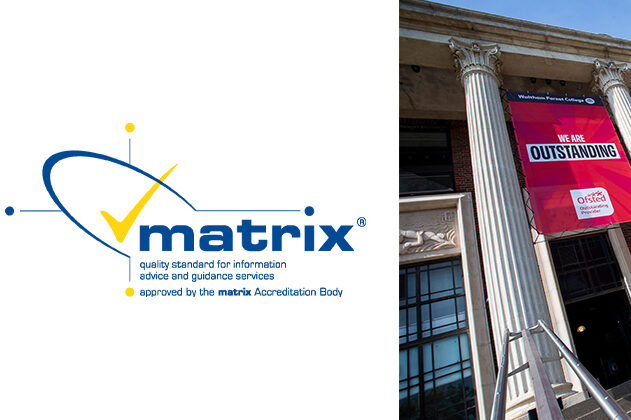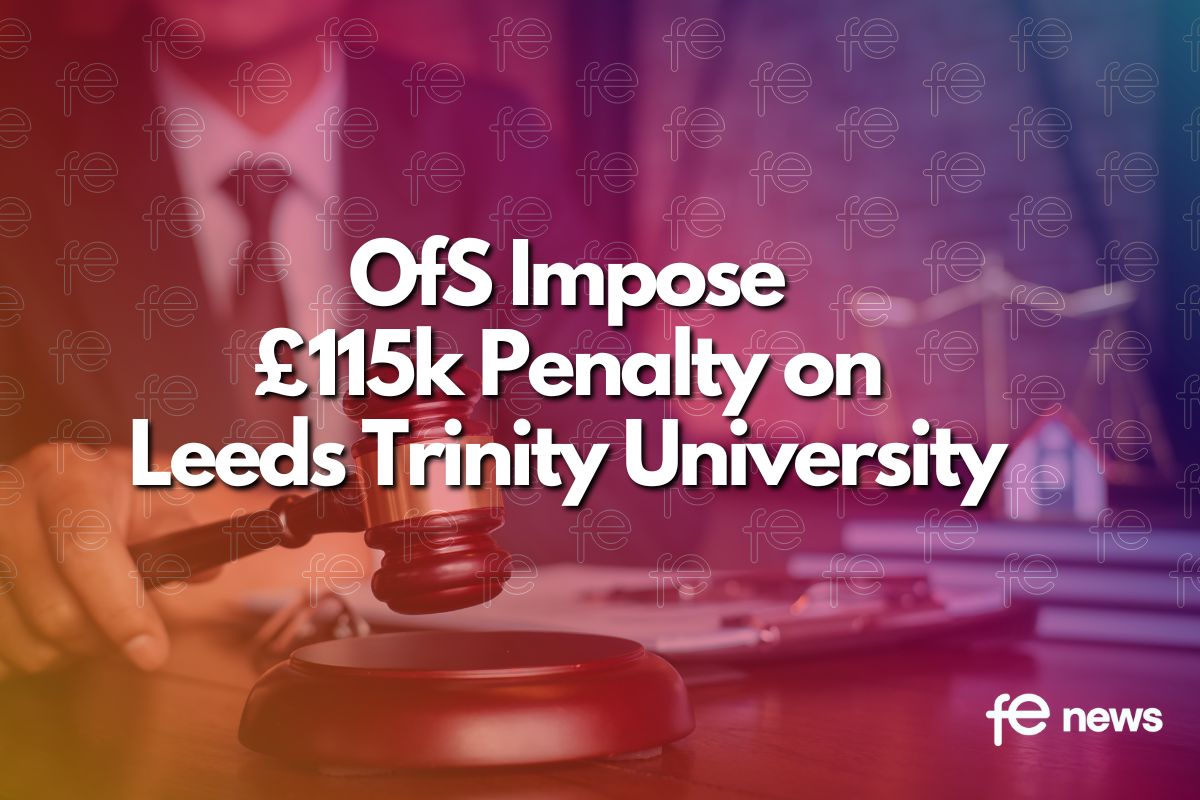What are the fundamentals of compliant apprenticeships?

There are a lot of rules in apprenticeships.
What’s more, they impact on every member of staff involved in apprenticeships – from curriculum and delivery teams to operational and employer engagement teams.
So, what does this mean for you as an apprenticeship provider? Where should you start when thinking about compliance across your organisation?
Back to basics
It might seem obvious, but to understand the fundamental rules of compliant apprenticeships requires a basic appreciation of what an apprenticeship is.
Essentially, the apprenticeship is a substantial learning journey of at least 278 hours of off-the-job training (OTJT) across a one-year duration followed by end point assessment activities. An apprenticeship is not simply a training or a skills programme, it is something that works with a job role and delivers competence against the Knowledge, Skills and Behaviours (KSBs) of that job role designed as an apprenticeship ‘standard’.
Why is compliance important?
The Education and Skills Funding Agency (ESFA) have thousands of providers operating and they carry out an oversight programme designed to touch on that delivery and ensure the rules are being followed. It’s also important to keep working to the terms of the agreements you’ve made with your employers, apprentices, and your colleagues so compliance is more than simply ‘funding’ compliance but let’s look at the fundamentals in this blog.
Finding a compliant apprentice
It’s important to find the right students for your apprenticeships and this is perhaps the initial hurdle you must overcome. With that in mind, I’ve devised a simple “Ten Start” fundamentals to be an apprentice which lists the basic required criteria:

The fundamentals of funding
Apprenticeships are funded, and a lot of complex compliance rules relate to off-the-job training (OTJT). I explain what OTJT is in a lot more detail in another article: Compliance and quality fundamentals – how to plan and evidence OTJT, which you may want to read here. But fundamentally, all necessary apprenticeship development activity must be in paid working time.
Every provider being paid for apprenticeship delivery must be on the Register of Apprenticeship Training Providers (RoATP). To get on that a provider submits responses to key control questions, supplying policies, templates, and financial records and is then granted approval to be a main provider, supporting provider or an employer provider (an employer provider can only deliver to its employees).
There are refresher periods to ensure a provider is still of sound financial standing and that policies are in keeping with current overriding apprenticeship policy, but RoATP is a desk-based activity that most will have little awareness of.
What type of ongoing monitoring can I expect?
Audits, or an assurance review as it’s called, is the main driving force of provider compliance practices. A new provider will expect to have a “controls audit” sometime within the first few years. This would involve a review of their procedures against a key controls questionnaire, and evidence provision, which is fairly light touch.
The assurance review, on the other hand, is something that could take place once every few years. It samples the apprentice population, a maximum initial sample of 30 apprentices across different cohorts, but also looks at the overriding data through software called PDSAT, which looks at potential data anomalies with the ILR and adds more apprentices to test.
If there are funding errors in that population, the sample is increased by way of the provider having to test 100% of the population in that given funding error area, then the provider repays those funds found to be unsupported. Serious breaches of the rules can result in the organisation being removed from the RoATP altogether. So, avoiding funding errors is what drives your compliance practices. And nobody wants to have to repay funds.
How do we build a healthy compliance awareness?
How do we best prepare as an organisation? How do we reduce the risk of errors and put ourselves in the best position? That’s where we come back to the beginning: strengthen understanding across the business of what compliance is and what we should be doing to be compliant. Now that goes beyond just having one compliance officer or team. It’s about mutual understanding across what role they play in the compliance journey and why it’s important.
Whichever function of the organisation you are in, you are affected by the compliance journey and will have ‘need to know’ rules for your job. That’s why we look at compliance as an organisational strategy, not just in funding rules but in understanding the wider role of compliance against stakeholder expectations in general.
Simply put, do your teams really understand what the key rules are that affect them and why they have to follow them? The strongest providers ensure this and its why we recommend you look at compliance locally, by department or area and build solid foundations of what compliance means to them and allow them to understand what compliance means to other teams that work with them.
Further support
For a deeper dive on this full topic, we recommend attending our webinar series on Apprenticeship compliance fundamentals and what this means for your role.
Webinar series | Starting 17 February
Designed around the latest version of the funding rules and updated in-year, this three-part series is designed to introduce all apprenticeship staff to the core apprenticeship rules and where their role fits in the compliance journey.
Part 1: will look at the typical apprentice journey, the core rules that matter and common solutions seen, including the importance of the little details and core parts of the evidence pack.
Part 2: will look at common errors and build an understanding of risk awareness as part of a transparent compliance culture.
Part 3: will open the floor to questions and discussions on best practice.
This series will help you to:
– Understanding the core compliance rules for apprenticeships
– Understand how they fit into the typical apprentice journey
– Know how funding works and what this means for your role
– Keep an eye out for common errors
– Learn how to mitigate funding risks
The webinar will be facilitated by SDN Strategic Associate, David Lockhart-Hawkins. David lives and breathes apprenticeship compliance and has worked with providers across the country to establish effective compliance systems. David has been at the forefront of the apprenticeship reform compliance strategies, helping providers prepare to deliver standards.











Responses